residential privy pit with discarded remnants unearthed from a 19th century west town workers cottage
This entry was posted on January 23 2017 by Eric
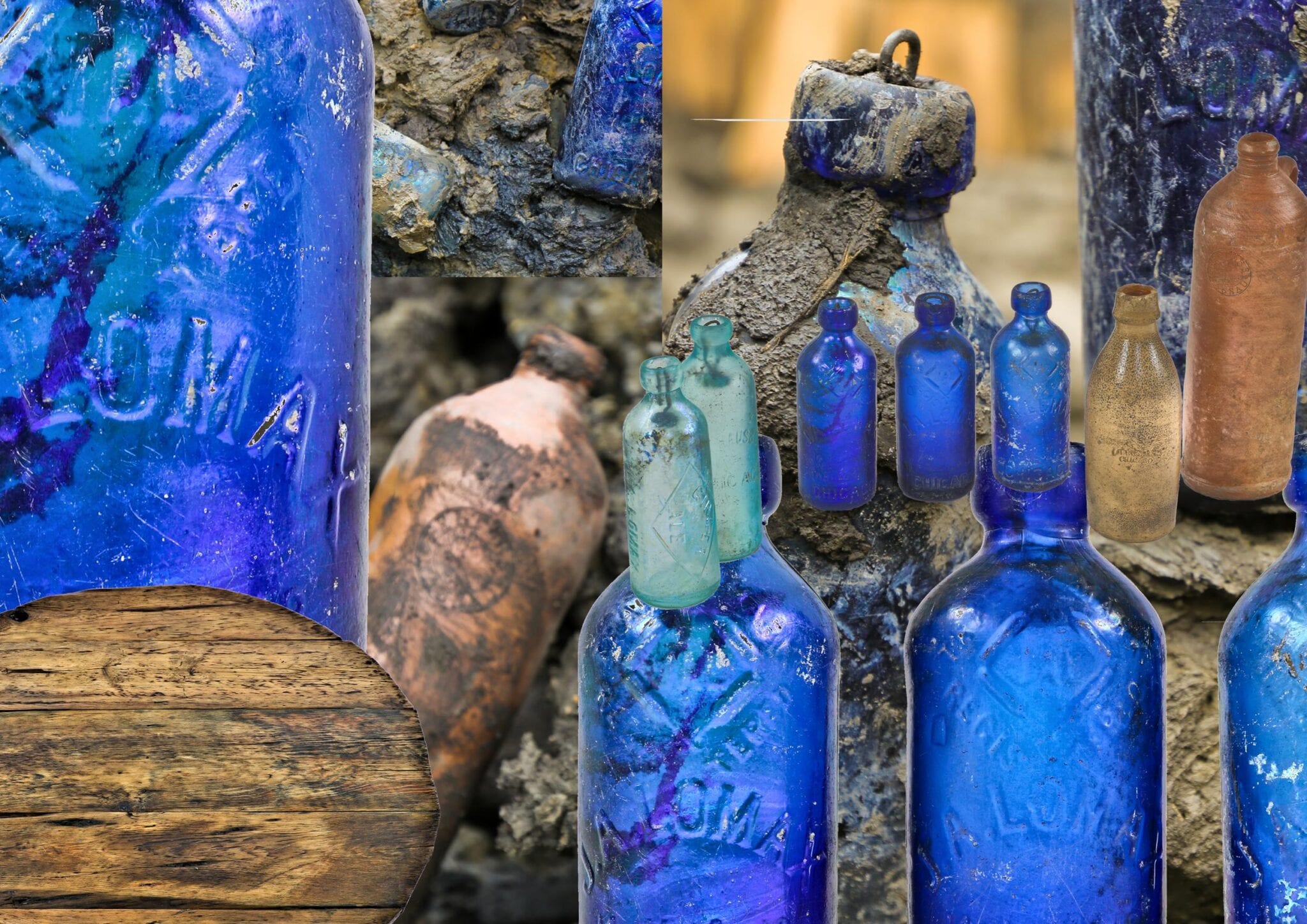
earlier this week a 19th century residential privy pit or "vault" was discovered during the excavation of a west town neighborhood lot, where a single story framed-wood cottage once stood. just one year ago that residence succumbed to the wrecking ball. the demolition is sharp in my memory, but i temporarily abandoned the site after learning excavation of the lot would not happen anytime soon. finally, after several months, i was able to return to the site to document what, if anything, was waiting to be discovered underground.
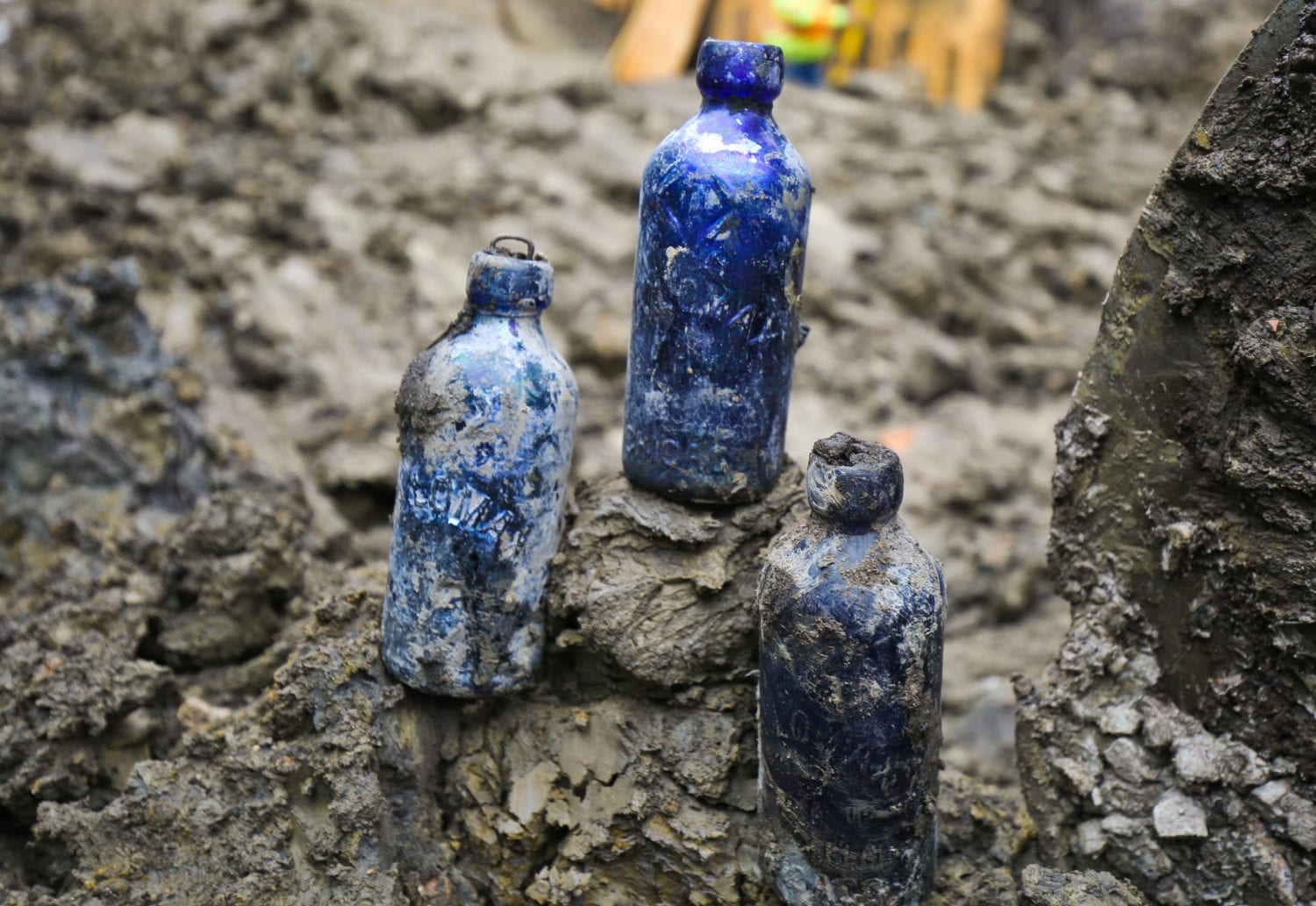
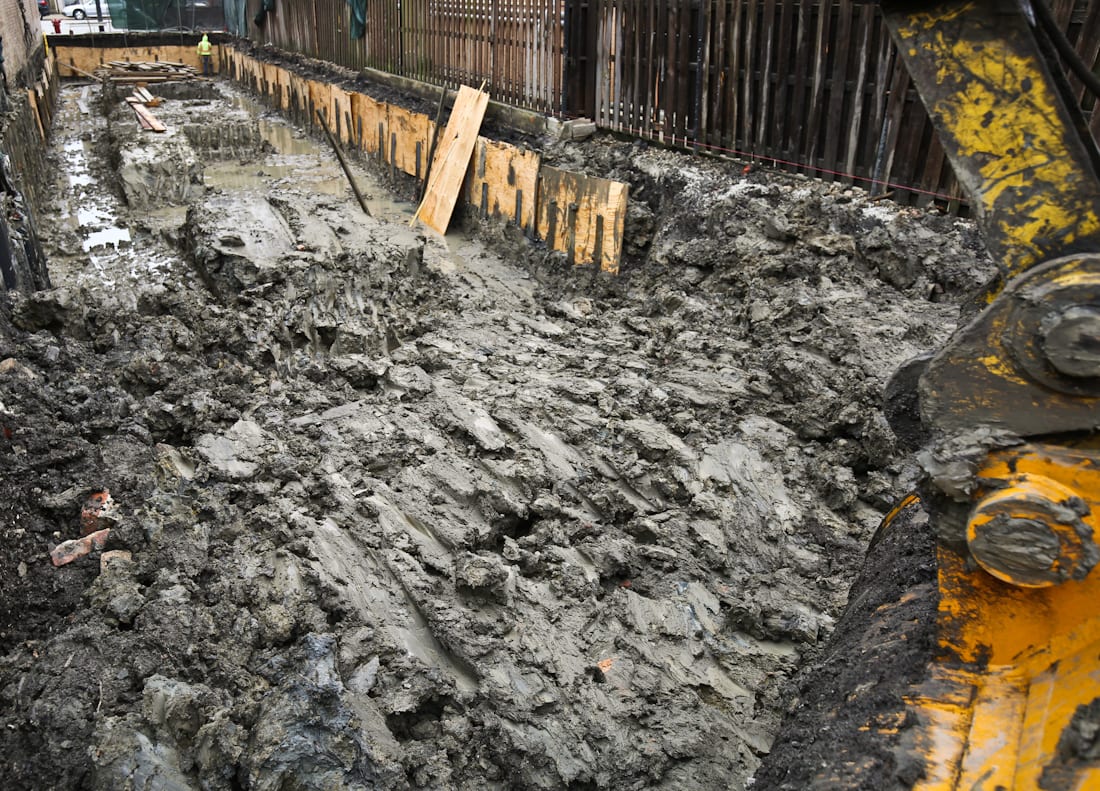
when the excavator reached the area located behind the house and began to dig, i immediately noticed scattered chunks of coal, animal bones and pottery. from there i worked closely with the excavator to methodically document and remove all artifacts within the limited window of time i was given (after a handsome compensation in return i might add). it became increasingly evident as digging continued that this was indeed a privy pit (as opposed to the more common and sporadic backyard burn pits) with many more intact bottles (e.g., medicinal, soda water, utility, etc.), leather shoes, heavily corroded horse shoes and other such refuse resting above a circular-shaped tongue and groove pine wood floor. the trash at the bottom-most strata of the pit dates to the early 1880's, which is around the same time the cottage was constructed.
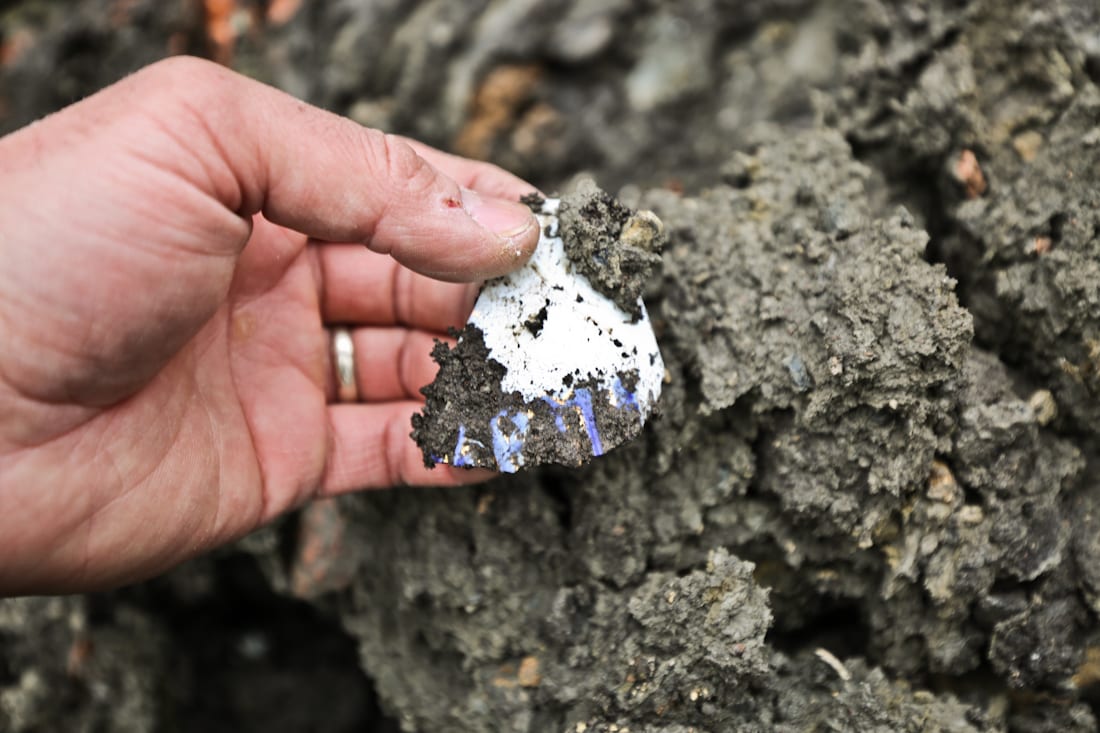
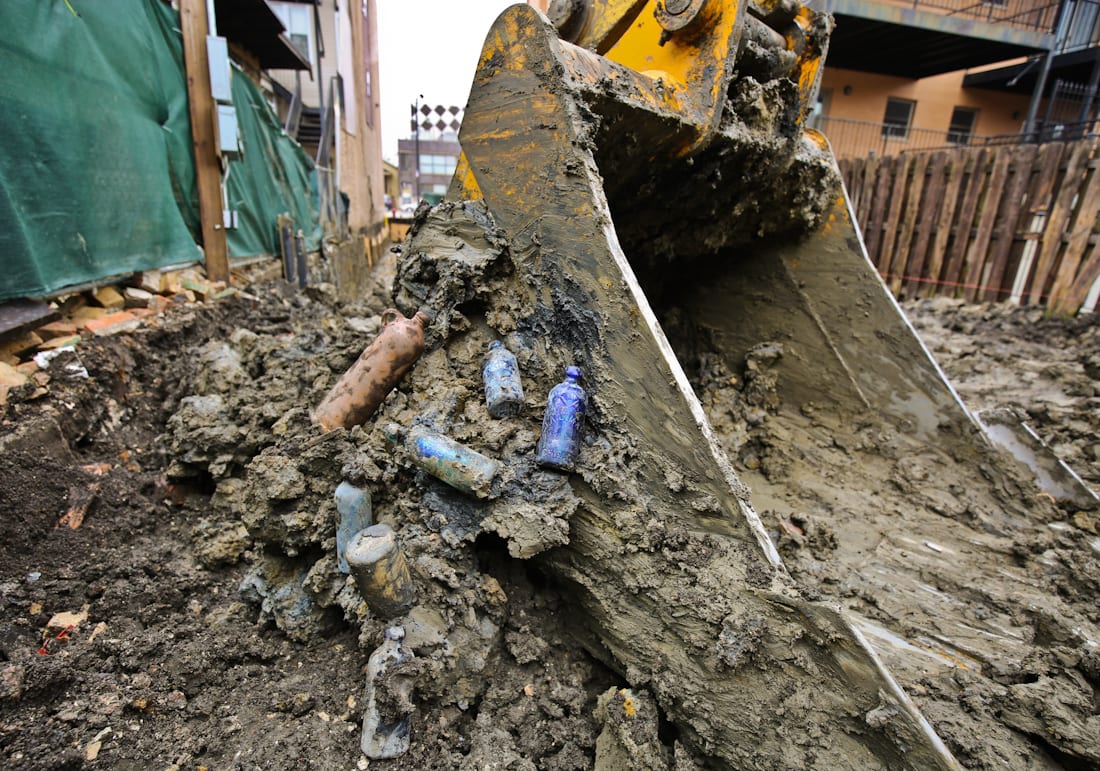
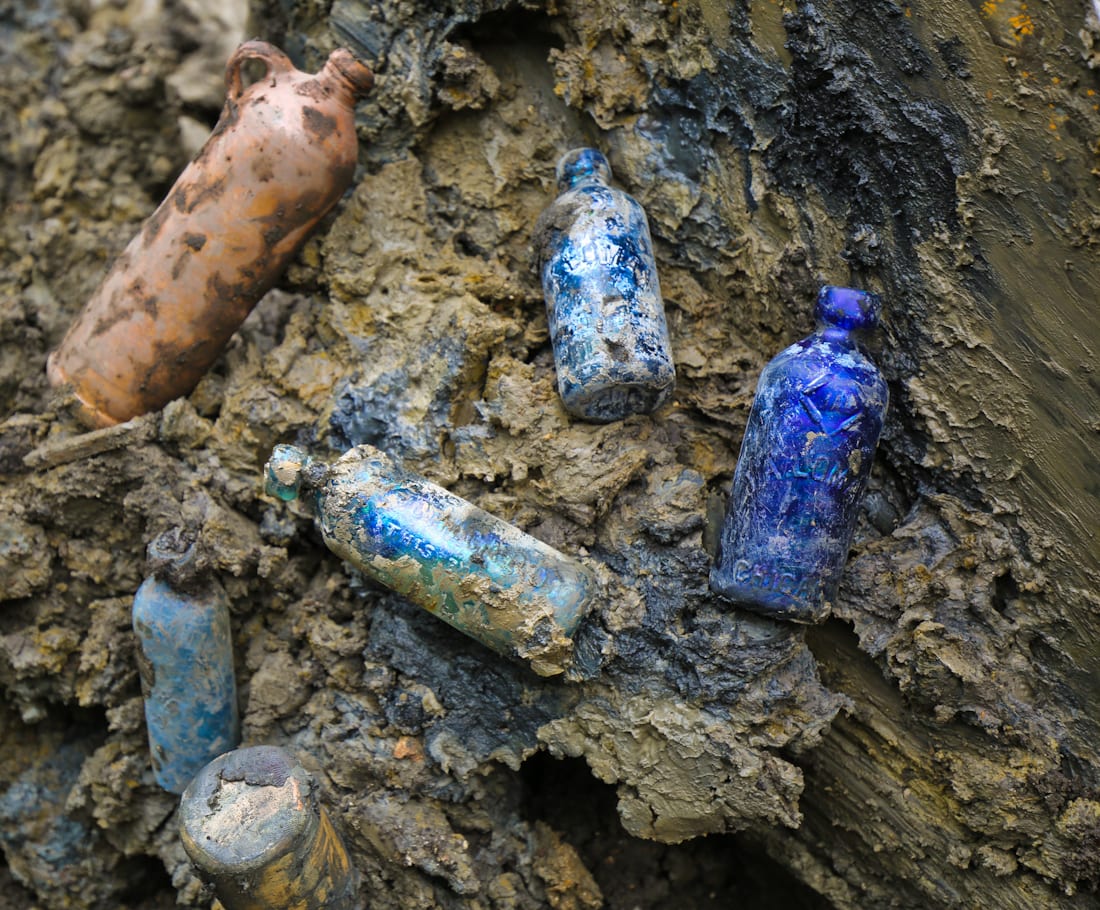
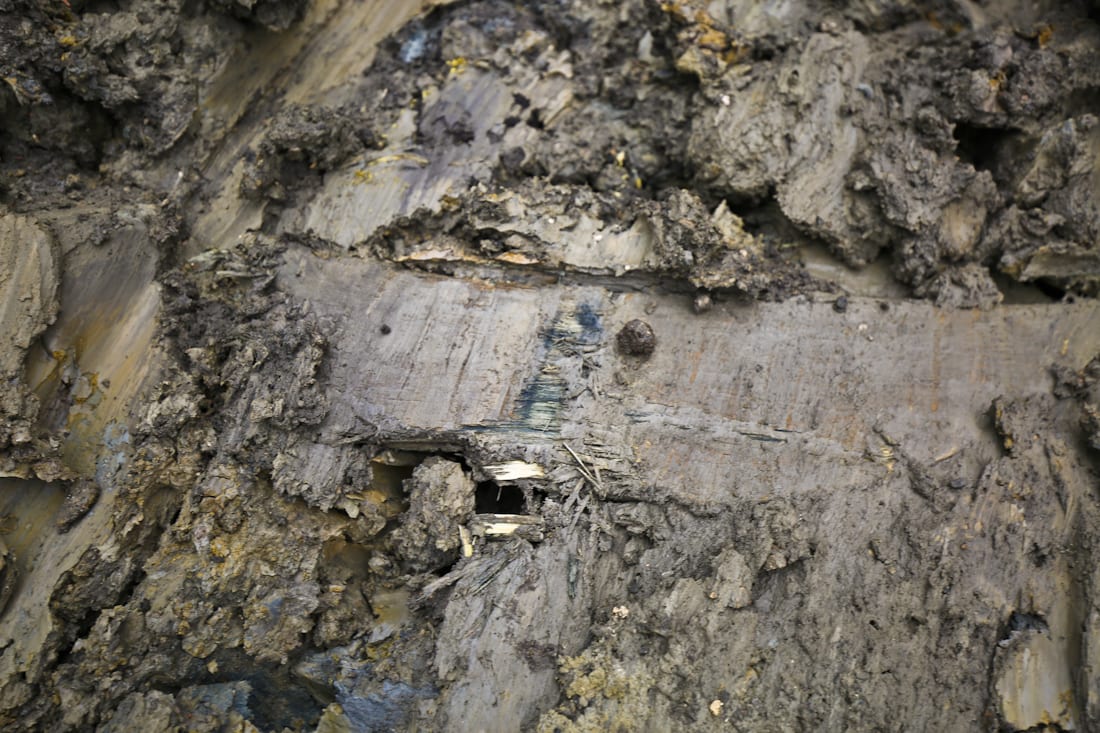
after a few hours documenting the pit's discovery, and collecting all available bottles and fragments, i carefully extracted the wooden privy pit floor to be cleaned and reassembled back at the shop. the bottles and fragments will be cleaned and photographed as well.
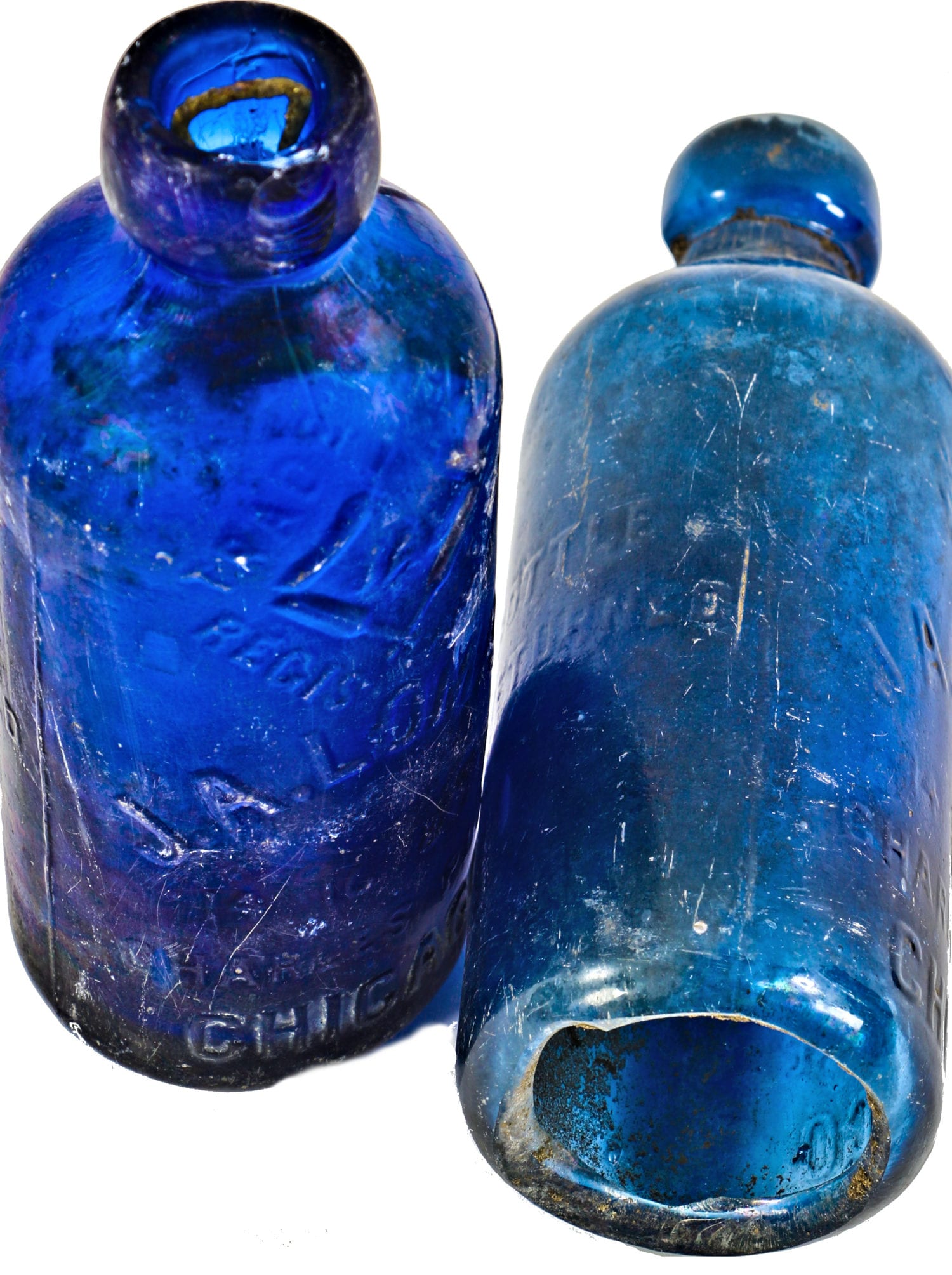
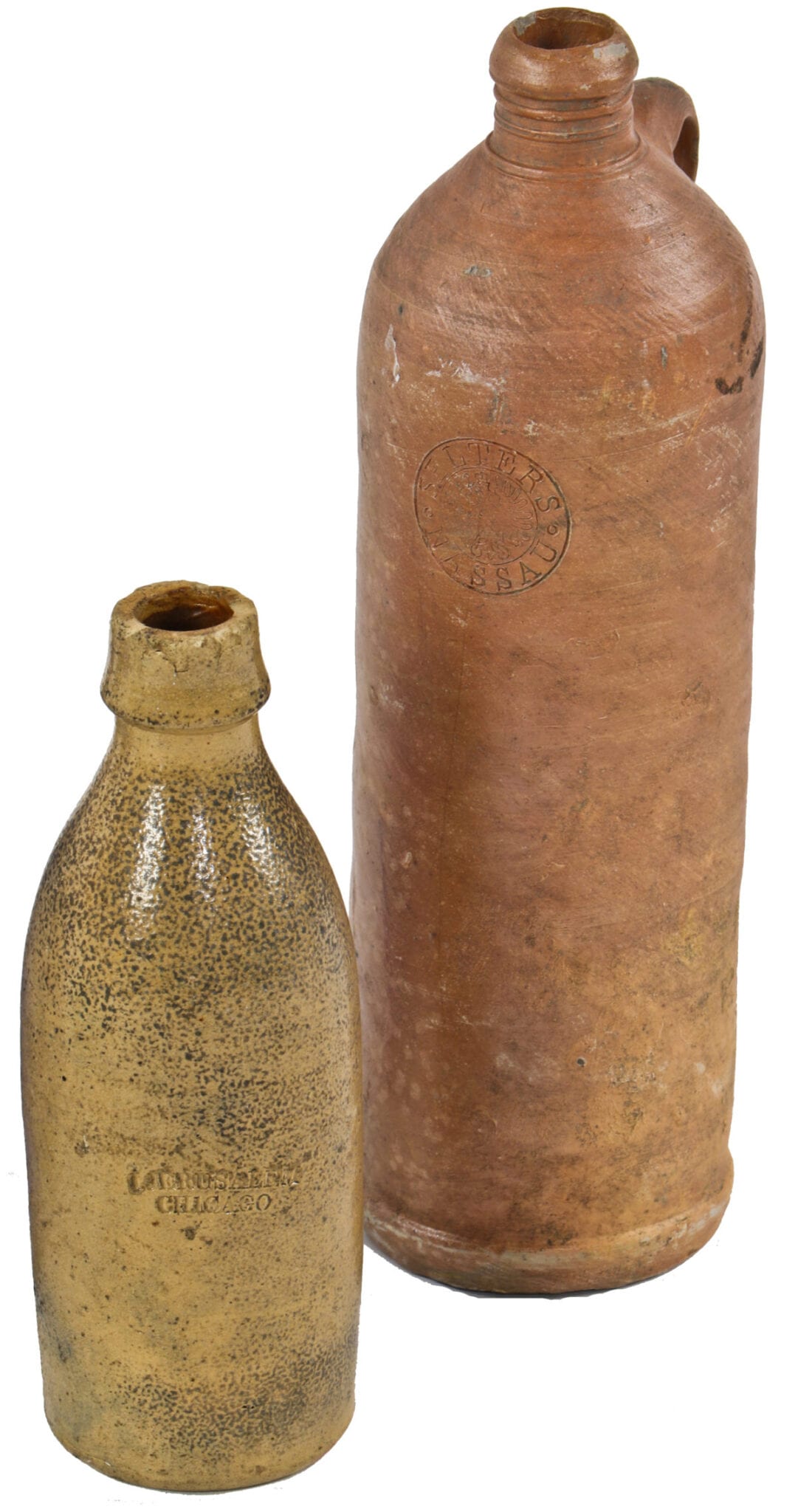
houck & dieter offered "nassau selter" imported from the nassau selter co., ober selter, germany from 1893 to 1895. the company bottled its products in ceramic containers such as straight-sided, circular wheel-thrown stoneware jugs or jugger-made, with the bases usually exhibiting a series of concentric looped ridges left by the wire used to cut the clay base off the wheel. the exterior surface is salt-glazed. the necks are quite short and bear a series of encircling embossed ridges intended to help secure the wire for the cork. each jug has a single applied handle which loops from just below the base of the neck to the base of the shoulder. the jugs were manufactured in the nassau district in western germany at hohr, grenzhausen. nassau selter bottles carried an impressed seal with selters (arch) / nassau (inverted arch) around a german eagle that contains the initials, f.r., on a shield on his chest. the bottles were exported to england by at least the early 19th century and may have arrived in the u.s. as early as 1846. the water which was imported at london was brought over in stone bottles, closely corked and cemented containing about three english pints each, which means the water, as long as the common air was excluded, would retain many of its excellent qualities for several months. the water was abounded with an alkaline salt in a much greater quantity than any of the other known mineral waters at the time. the water originated at selters spring in niderselters, germany, a naturally carbonated spring. the spring was the best-known in germany, and waters were exported worldwide during the 18th and 19th centuries.
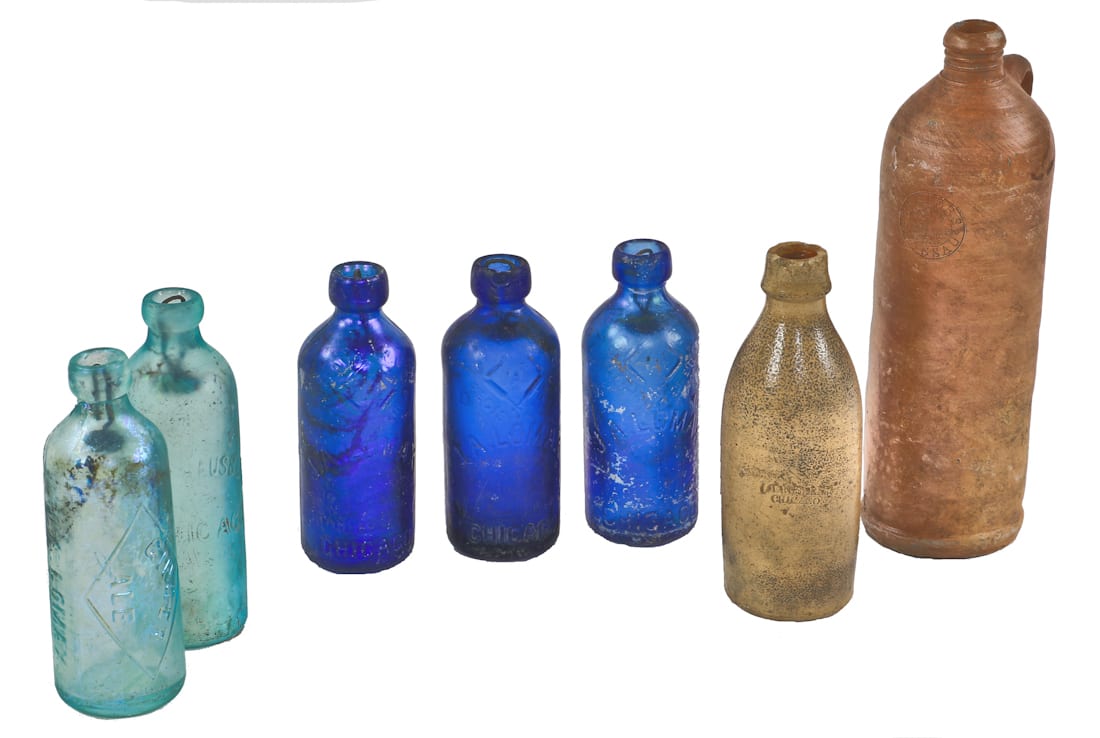
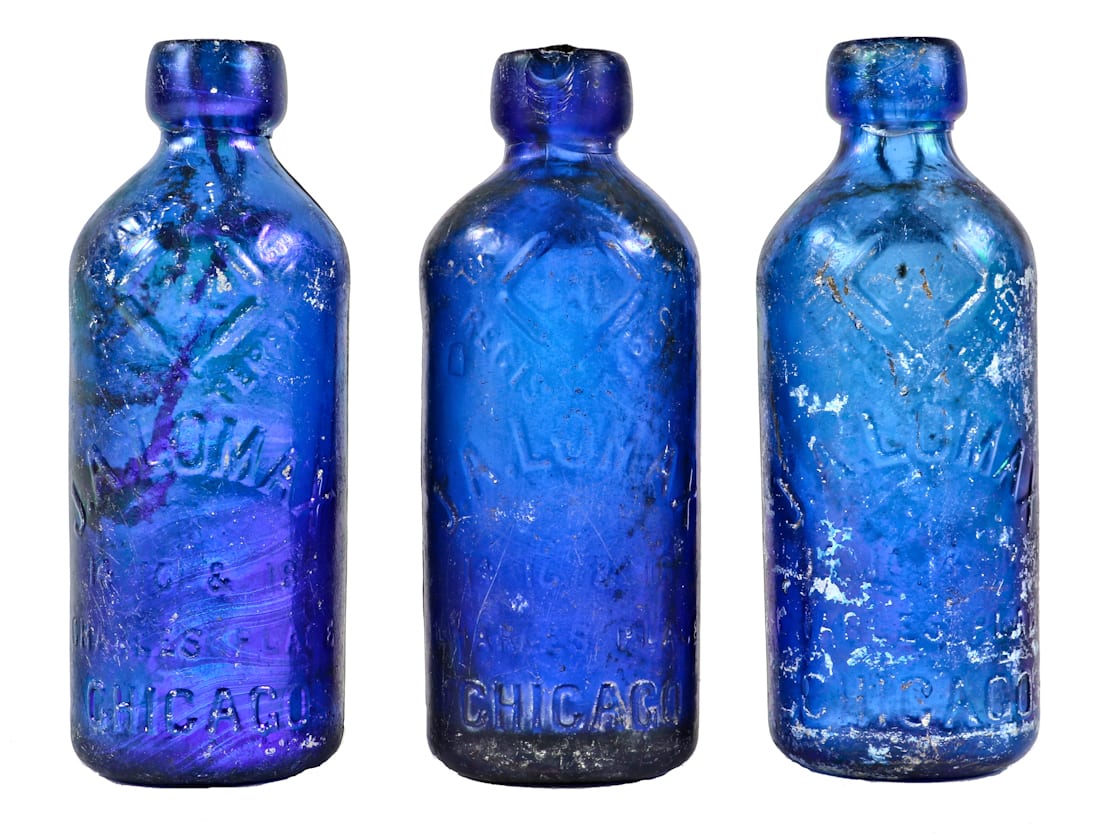
once cleaned and organized, i may further examine the privy pit contents to assemble a more cohesive narrative regarding the day-to-day lives of the occupants. photodocumentation of the cottage and its subsequent death dating to a year prior will round out the saga of a building's life, which begins with the cottage itself and ends in the last remnants of residents' material, uncovered post-demolition.
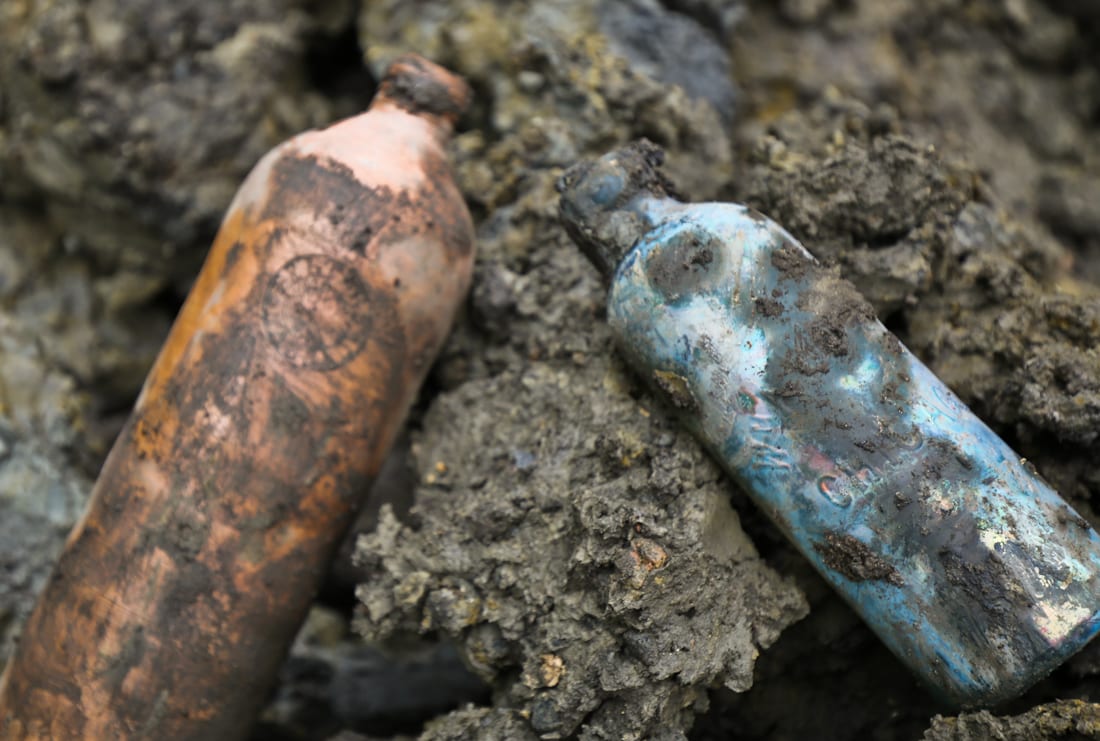
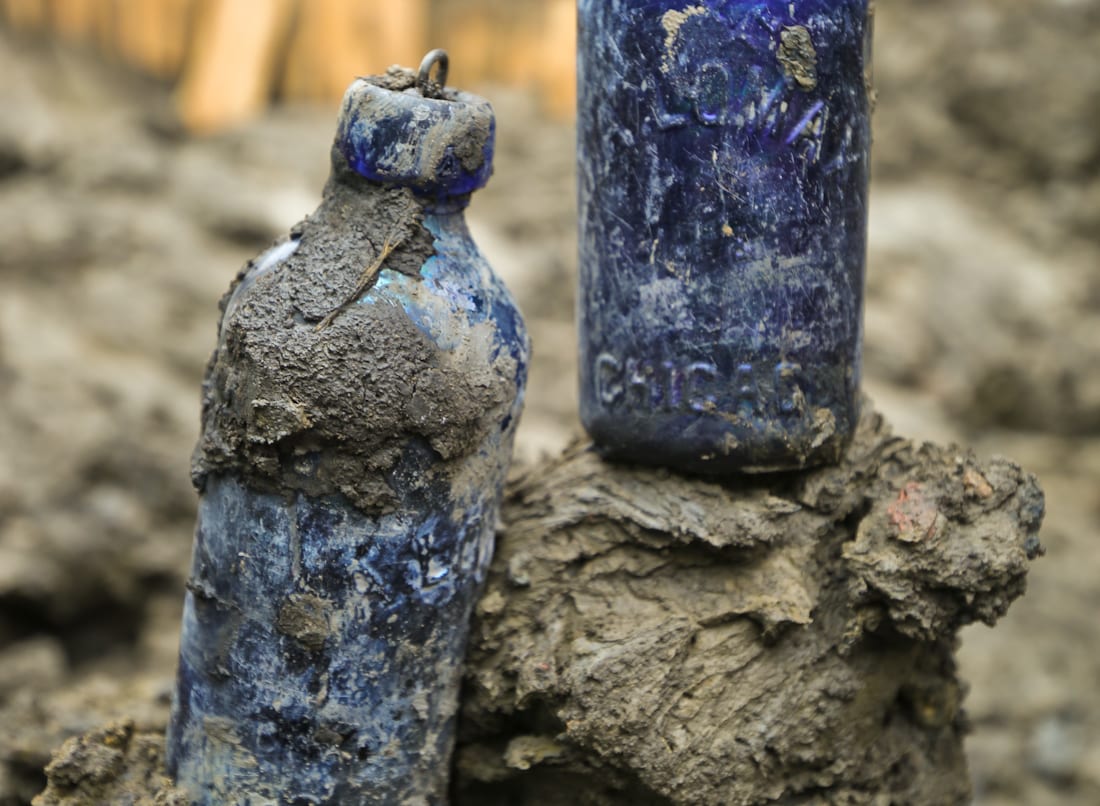
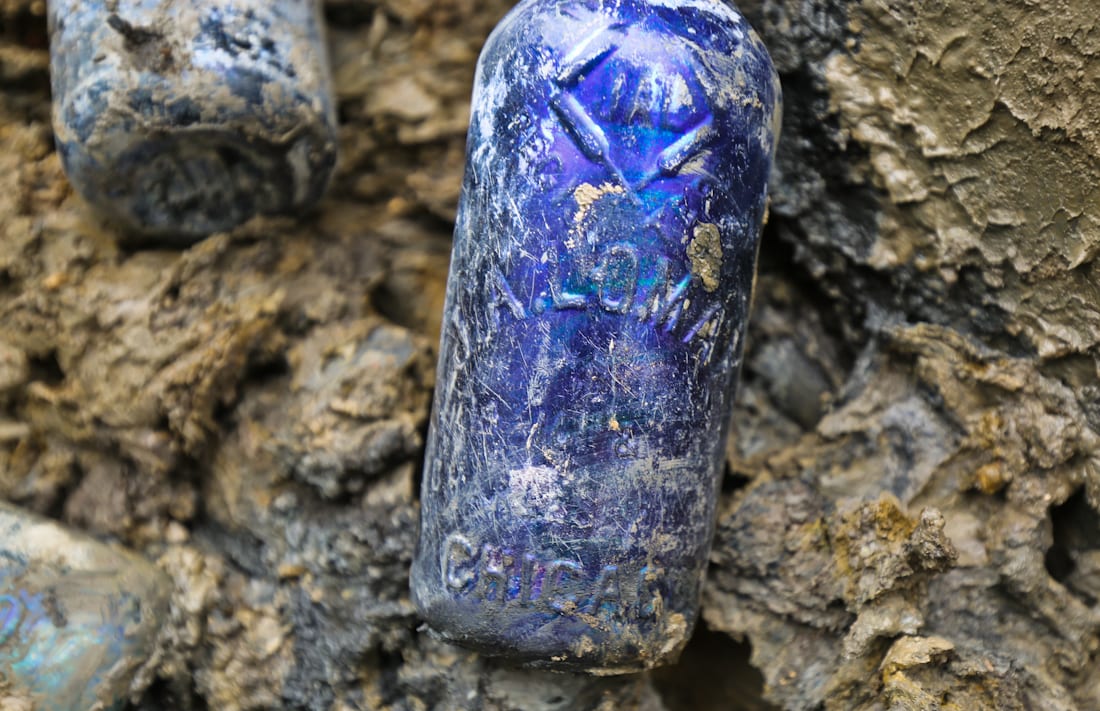
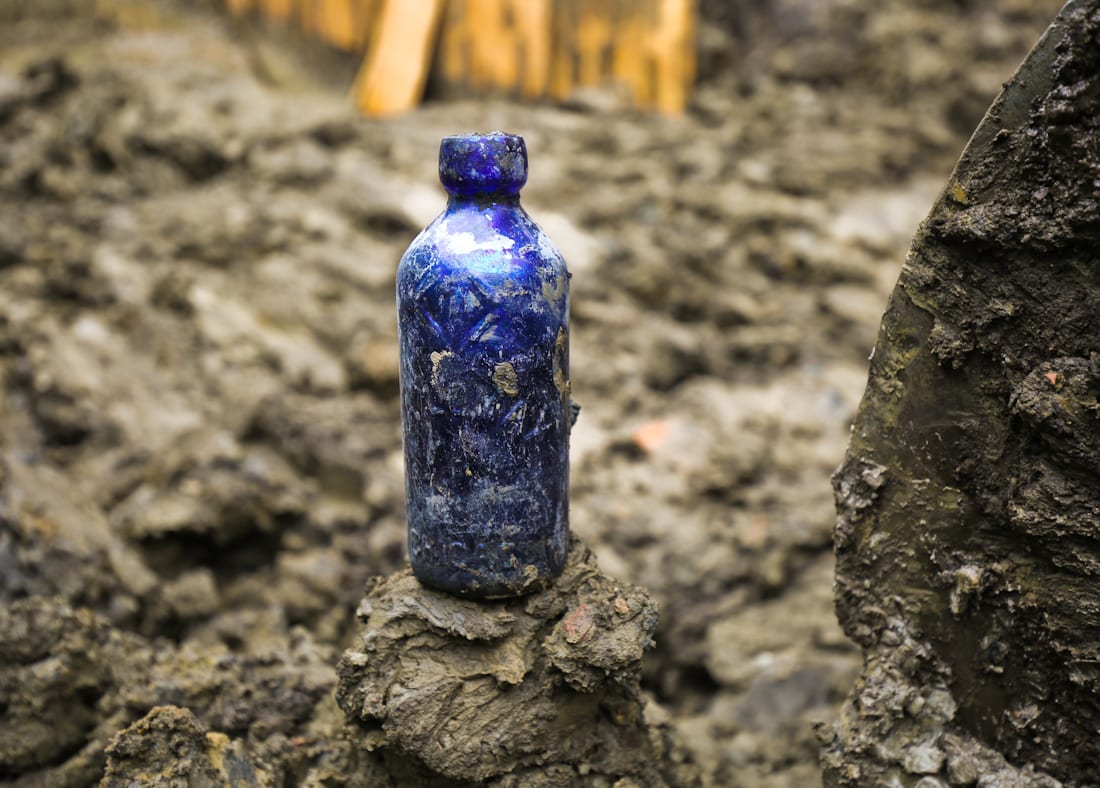
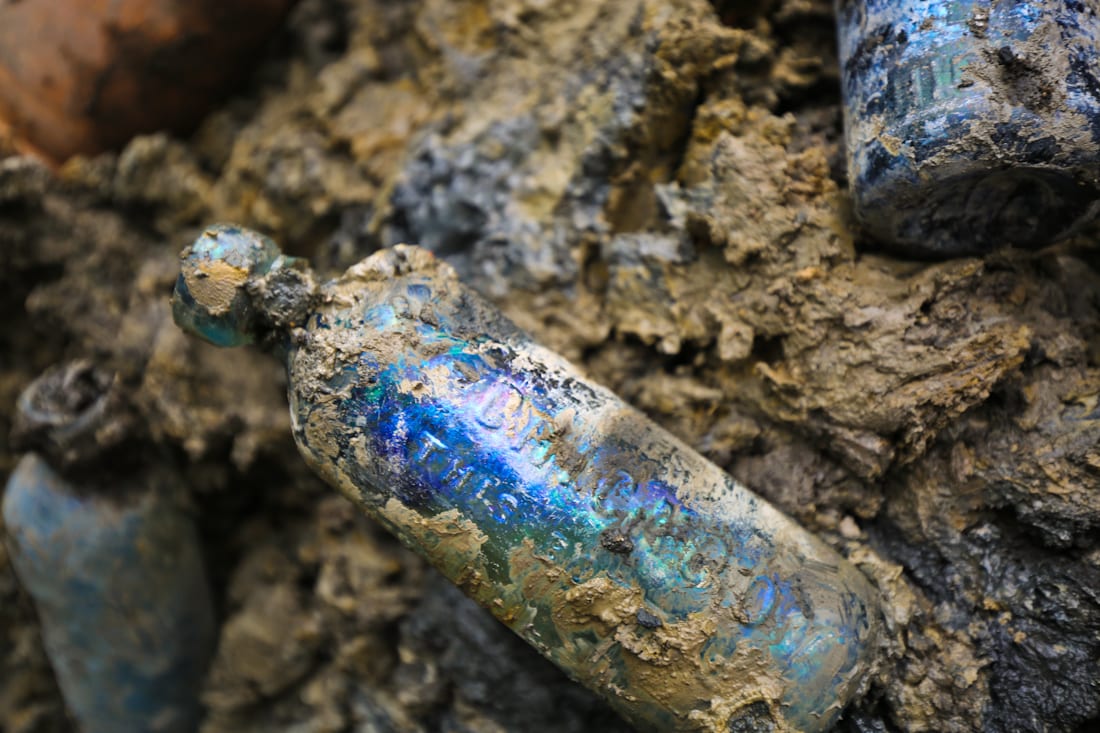
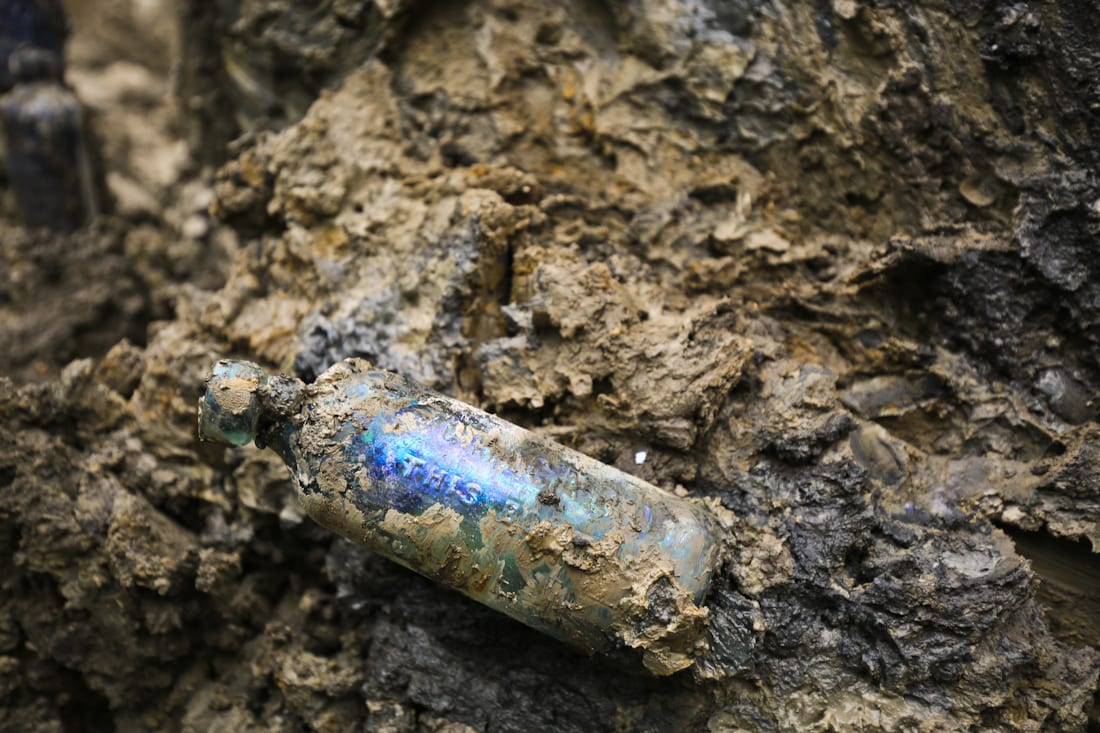
john a. lomax, chicago's 19th century bottling giant:
john a. lomax entered the bottling operations in 1854, distributing soda water located at 38 w. lake street in chicago. in 1859, the plant was destroyed by fire and operations were moved to a two-story frame building located at 16 charles place. as business grew, john and his son george erected a large masonry building in 1871, which was consumed by the great chicago fire the same year. shortly after, lomax rebuilt an even larger four-story facility that was advertised as being the "largest bottling house in the world.” during their peak production years, lomax serviced more than five thousand of the approximately seven thousand saloons across the city of chicago. their bottling works furnished soda-waters, ginger ale, mineral and spring water, ales and other drinks. the company ceased operations in 1885.
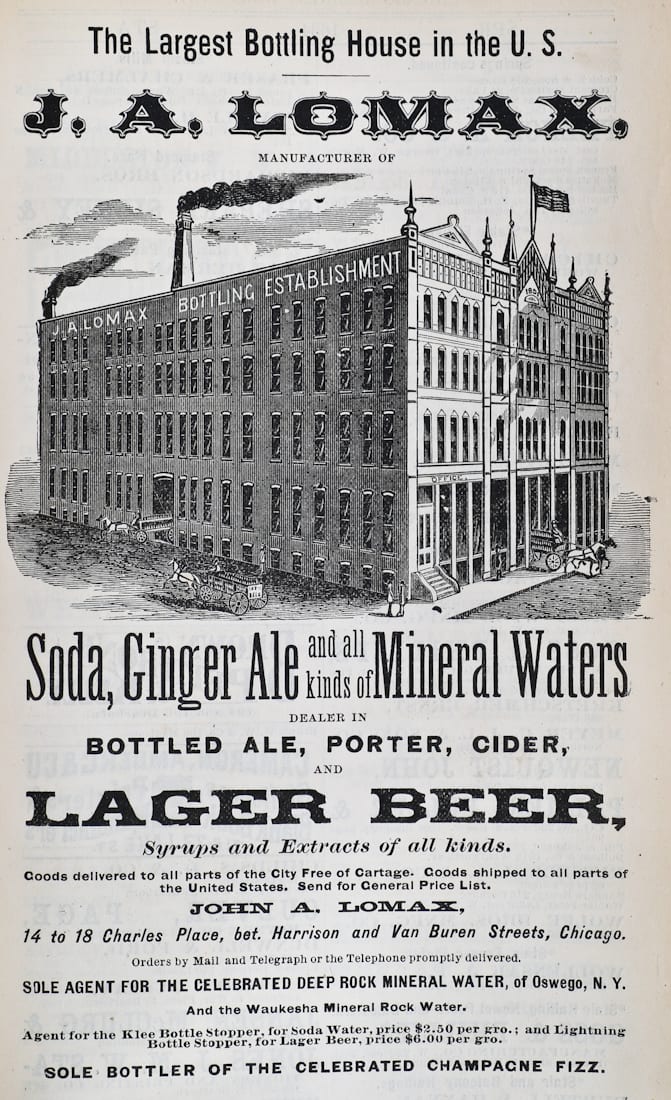
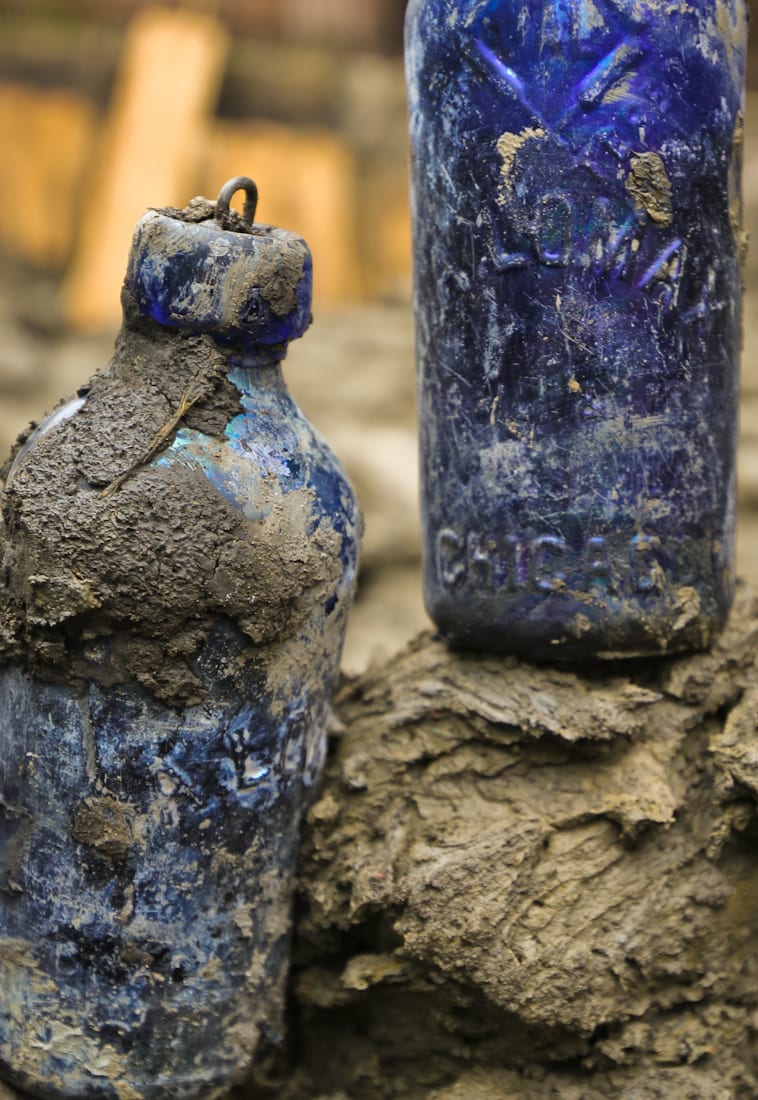
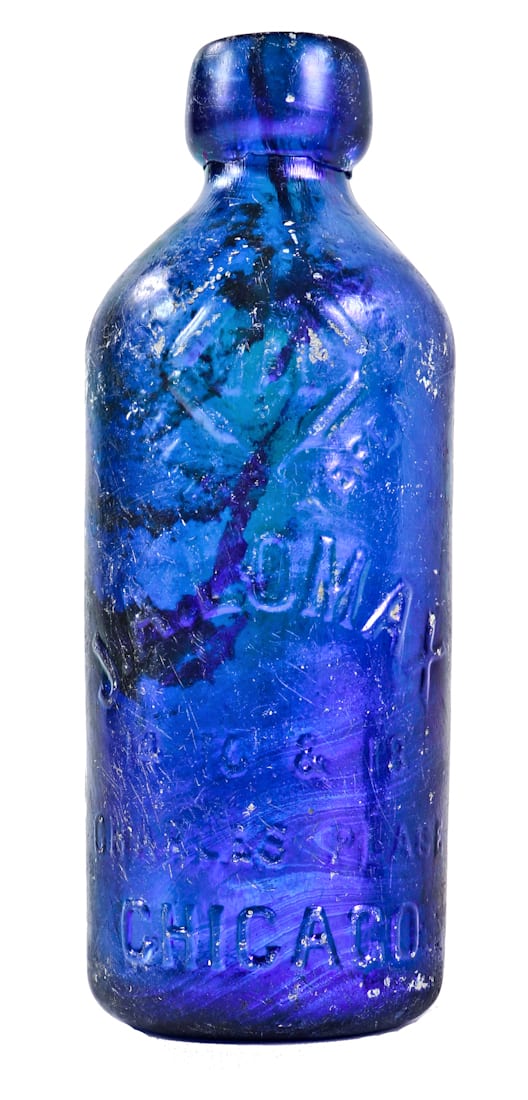
This entry was posted in , Miscellaneous, Salvages, Bldg. 51, New Products, Events & Announcements, New Acquisitions, Featured Posts & Bldg. 51 Feed on January 23 2017 by Eric
WORDLWIDE SHIPPING
If required, please contact an Urban Remains sales associate.
NEW PRODUCTS DAILY
Check back daily as we are constantly adding new products.
PREMIUM SUPPORT
We're here to help answer any question. Contact us anytime!
SALES & PROMOTIONS
Join our newsletter to get the latest information
























